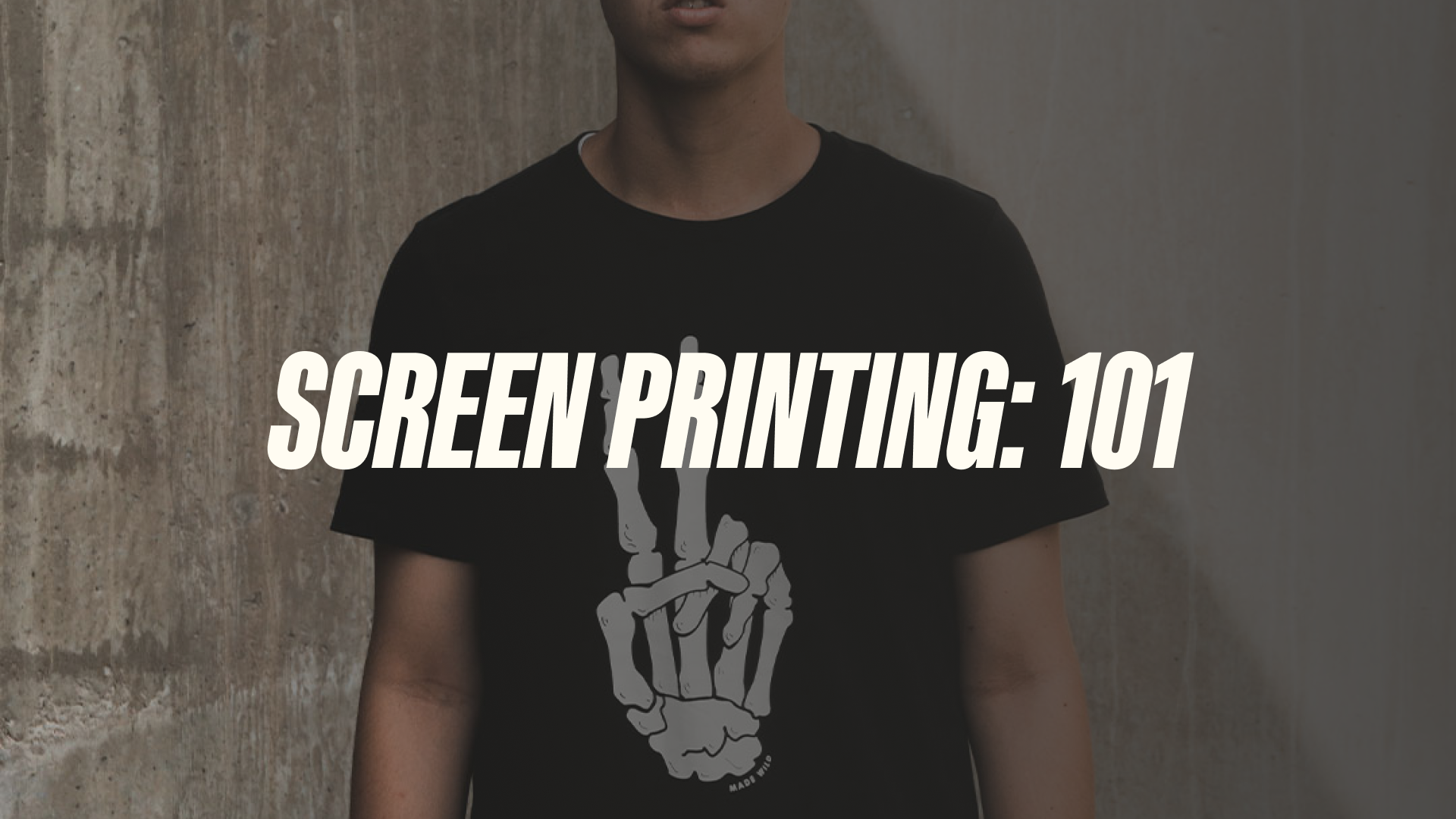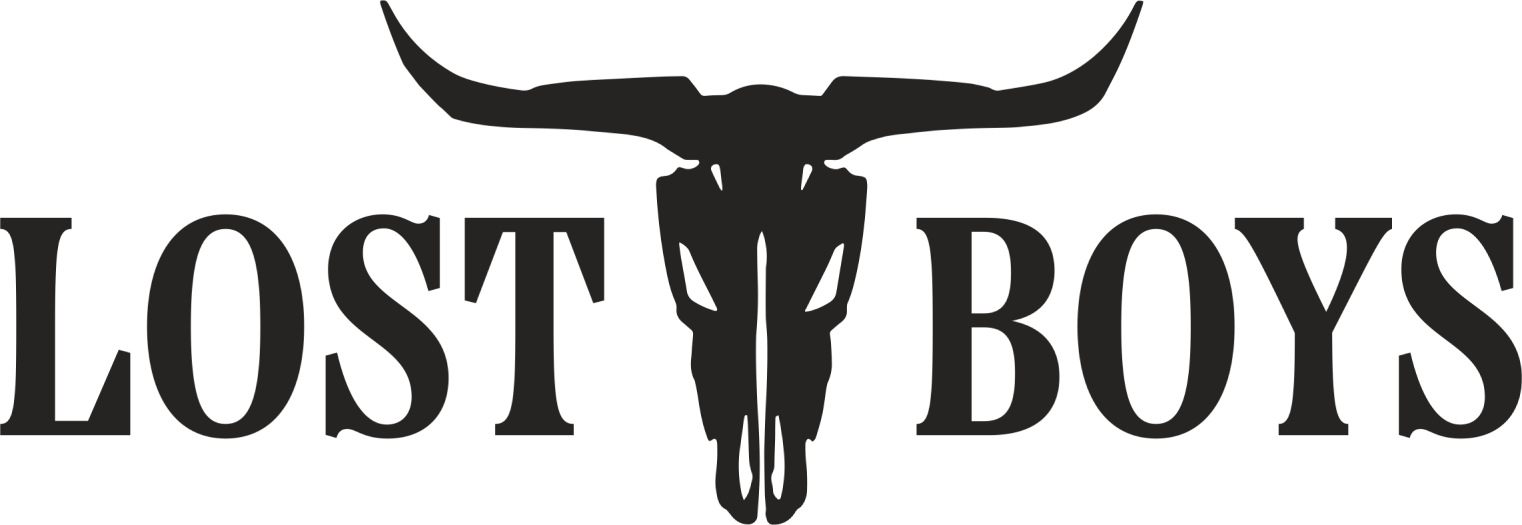Screen printing is the most traditional of all modern printing methods, with roots dating back to 10th century China. Also known as silk screening because silk was the most commonly used textile, screen printing involves, in its simplest description, pushing dye through a fine mesh screen with a blade, scraper, or squeegee. A series of stencils allow control over where the ink is placed, and rather than soaking into the fabric as in DTG printing, screen printed ink sits on top of the fabric.
A hallmark of screen printing is that ink is applied in layers; due to the nature of screen printing, this means that, depending on how many layers your design has, the finished product can feel thick. Most printers limit you to no more than 9 colors for screen printed designs, though this method really works best with less than three colors.
Screen printing is the most common commercial printing method simply because once the stencils are created it’s easy to print in bulk. It works best for large, solid graphics such as shapes, symbols, geometric designs and patterns, and simple typography; the more detailed the design, the more difficult it is to capture small details during printing. And those stencils? They are time-consuming and pricy to get set up, which is why screen printing a limited run of garments and textiles is generally cost-prohibitive.
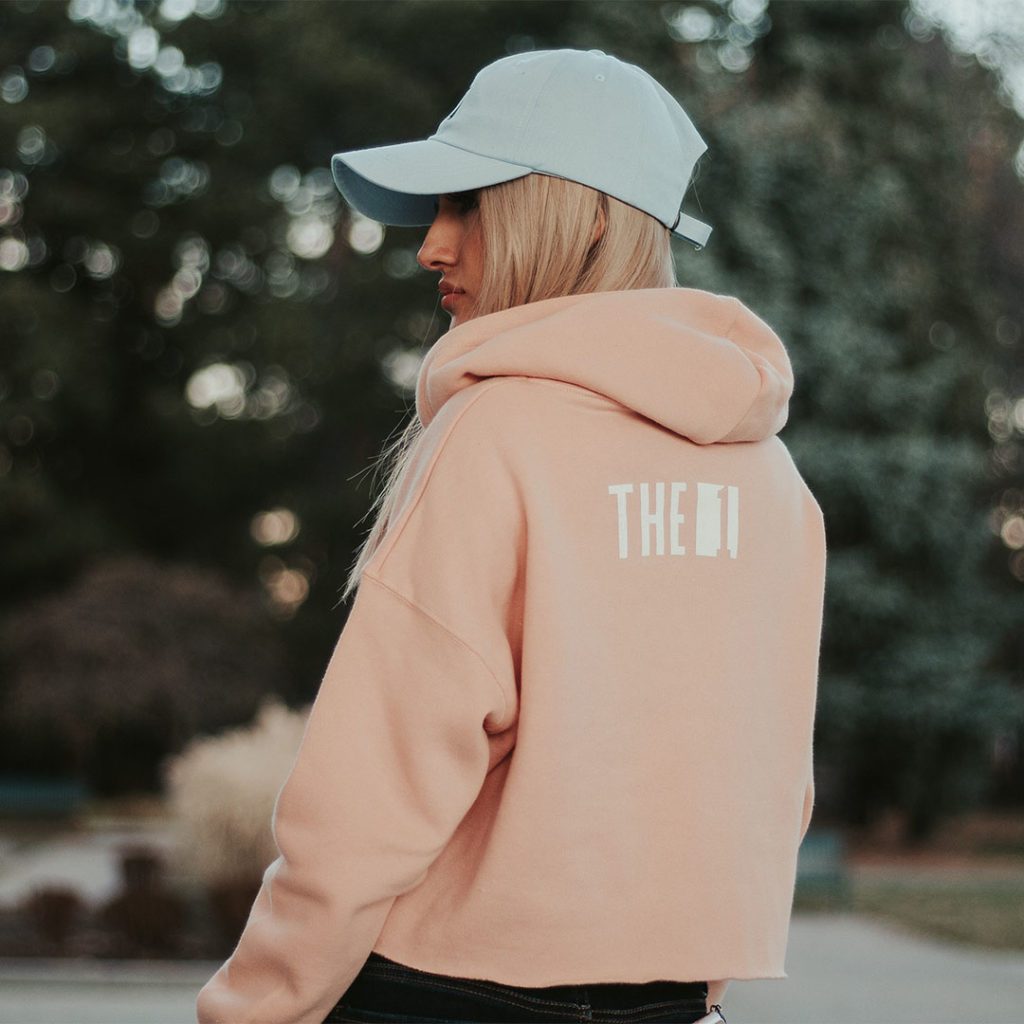
Advantages & Disadvantages
Before you decide whether screen printing is best for your gear, let’s look at the pros and cons. Some of the advantages of screen printing include:
- Designs are durable, flexible, and long-lasting: properly-handled screen-printed garments last just as long as other ink printing methods, and the thickness of the ink may help preserve the design over time.
- Efficient and cost effective bulk printing: once the stencils are made, the larger your order the lower the cost.
- Use a variety of inks to yield multiple design possibilities: layering ink results in a thick design that can hold up to modification, special additions, and novelty paints.
The disadvantages are similar to the disadvantages to DTG and DTF printing. They include:
- Impractical for small orders: the time and cost involved in both creating the stencils and printing the images means that the price per garment gets smaller the more you items you run. If you have a small order, DTF may be a more economical option.
- More colors equals higher cost: screen printing works best with fewer colors because of the layering and drying processes as well as the number of stencils and screens required. The more layers and more colors, the longer your garments will take to produce.
- More complex and involved: unlike embroidered, direct-to-film, and direct-to-garment printing, there is much more involved in screen printing. From creating the stencils to the intensive process of layering the ink, screen printing has many more steps and requires more time and attention to get consistent results across garments. It is not suitable for quick, print-on-demand services.
Higher chance of mistakes: there is an aspect of human error that comes into play with screen printed textiles that doesn’t exist with other methods. No two screen printed textiles are identical because screen nd garment placement can vary.
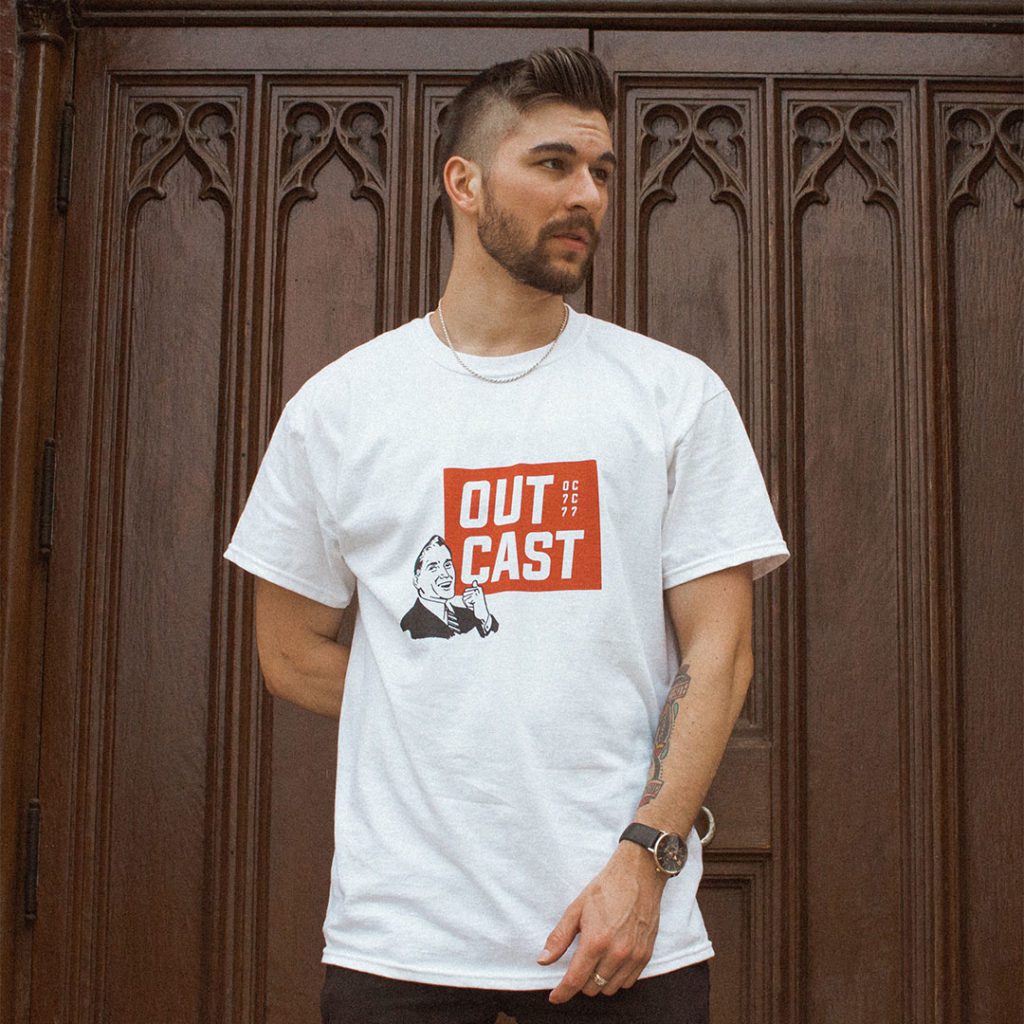
Environmental Considerations
One area we have to consider with screen printing that isn’t even an issue with embroidery, DTF, and DTG printing is sustainability. Even with the use of eco-friendly inks and screens, screen printing is hard on the environment in several ways:
- Water consumption: you need water to mix the ink as well as to clean the screens and stencils, which places an undue burden on the environment
- Biodegradeability: commonly-used plastisol inks don’t biodegrade like water-soluble inks do
Bulk ordering: because screen printing is more affordable when done in bulk, you may find that you have unused garments that end up in landfills; not only do these garments not biodegrade, runoff from the inks can contaminate the ground and water
Friendly & Unfriendly Fabrics
Screen printing, like DTG printing, works well on some fabrics and horribly on others. You’ll want to stick with natural animal or plant fiber or blends for best results; screen printing doesn’t work with 100% polyester, including lycra, spandex, rayon, and other heat-sensitive fabrics that don’t absorb ink well. Because of these limitations, we don’t recommend screen printing for safety, fire-resistant, or high-visibility clothing.

So, What CAN We Print?
Surprisingly, wool and wool/cotton or wool/poly blends take ink beautifully. Printing your logo on pure wool or wool blend beanies and hats is a great way to keep your outdoor crews warm and dry. Lined wool coats, scarves, and sweaters can even take screen printing, and wool has the added advantage of being moisture-wicking and flame-retardant in its natural, unblended state.
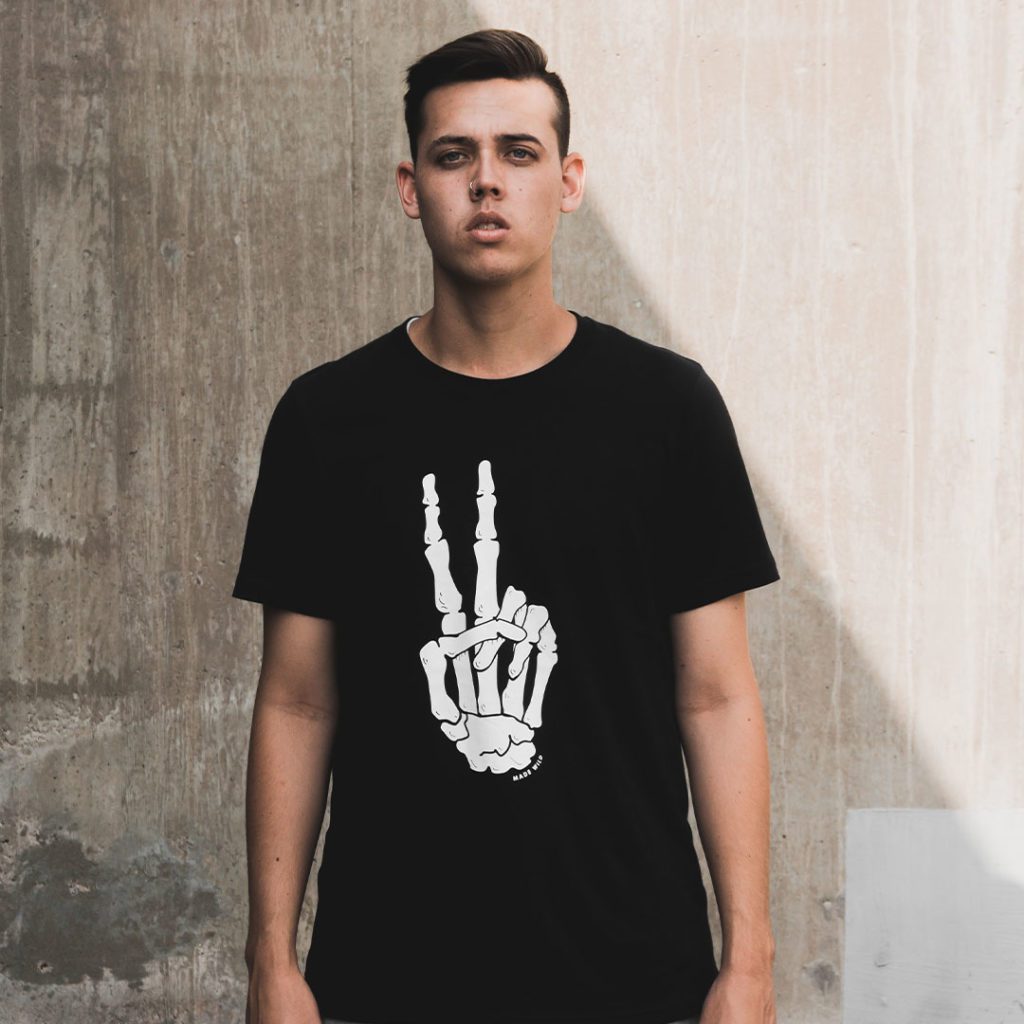
T-shirts make up nearly 50% of the screen printing market, and if you only need tees and basic clothing for your company, then screen printing will suit your needs well. 100% cotton, linen, silk, and 50/50 natural fiber-poly blends hold ink well, in clean and crisp designs. You can have your logo screen printed on the front, back, chest, or sleeve of:
- Long sleeved, short sleeved, and tank-style t-shirts
- Long sleeved, short sleeved, and tank-style henleys
- Lightweight and heavyweight sweatshirts and hoodies
- Denim or canvas work shirts
- Long sleeved and short-sleeved blouses, Oxfords, and dress shirts
- Long sleeved and short sleeved polo shirts
- Turtlenecks
Final Thoughts
Screen printing is the oldest and most-used modern printing method, but it does have limitations. If you need a wide variety of logo-printed garments for your business, including safety gear and a range of other synthetic fabrics, you’ll likely want to use direct-to-film printing over screen printing. But for basic designs on cotton and blended fabric, printed in bulk? You can’t get any better method than screen printing.

